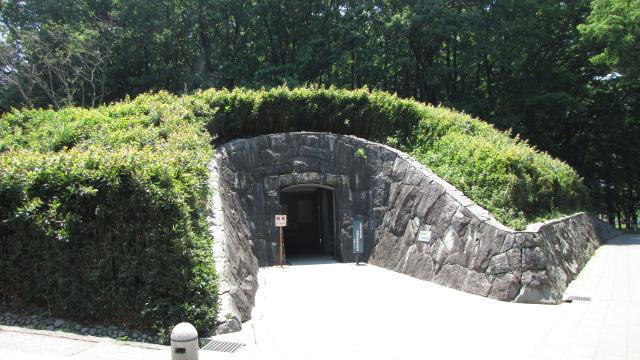J-List’s home prefecture of Gunma isn’t as famous as Kyoto or Nara, but it can hold its own when it comes to ancient history. For example, there are more than 8000 burial mounds from the Kofun Period (250-538 A.D.), indicating a high level of civilization in the past, even though Tokyoites consider us to be a quaint place only useful for hot springs and skiing. But our prefecture’s history goes a lot farther back. By an amazing coincidence, J-List is located only a few kilometers from the Iwajuku Archeological Dig, which happens to contain the oldest record of human habitation in all Japan. In 1949, an archeology enthusiast named Aizawa Tadahiro was digging for pottery shardswhen he hit on something much older: hand-made tools of obsidian and flint. At first, Mr. Tadahiro’s discovery was mocked by the establishment, but his findings were verified, essentially pushing the timeline of humans living in the Japanese islands from 10,000 years ago to more than 30,000. Sadly, almost nothing else is known about the previous residents of Iwajuku, due to the fact that the area lies at the foot of Mt. Akagi, an active volcano that spits out highly acidic ash, but it’s interesting that such a famous place is only a stone hammer’s throw away from us. By another amazing coincidence (there are a lot of them in Japan for some reason), when J-List’s own Tomo was in the 4th grade, he was in the hospital getting his tonsils out, and the man in the next bed over was Tadahiro-sensei himself. So Tomo got to hear all about the discovery at Iwajuku first-hand.
Sukiyaki Sad Song: JAL Flight 123 and The Day Kyu Sakamoto Died
August in Japan is always a heavy month, and not just because of the heat and humidity. It’s the season...
















